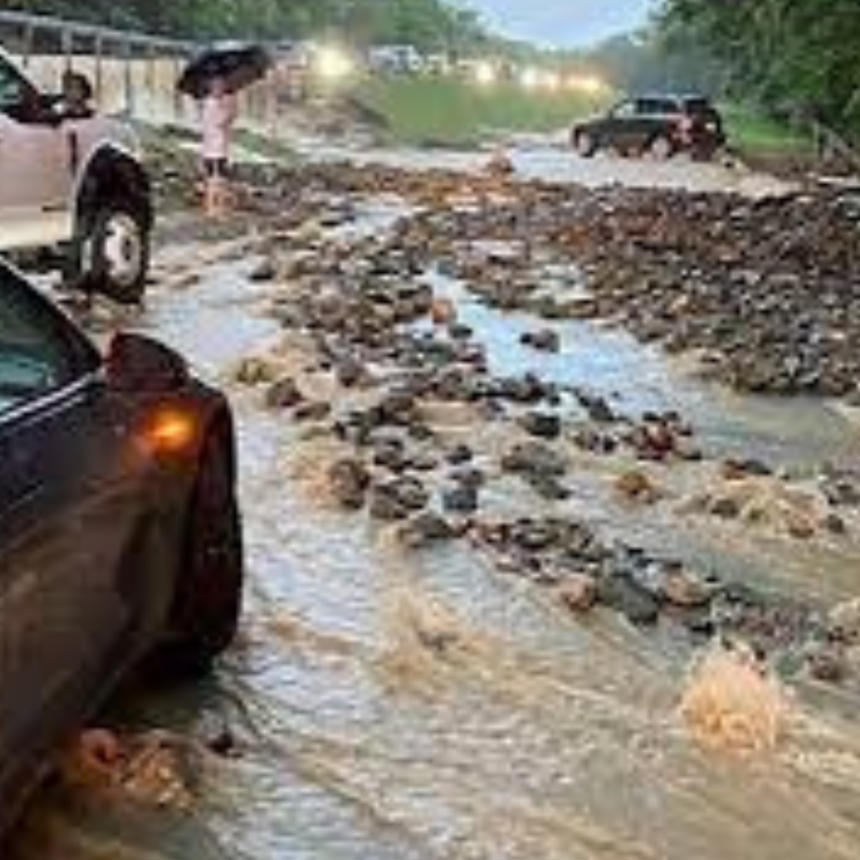The northeastern region of the United States has been hit by powerful storms, resulting in flash-flooding in New York and triggering a series of water rescues. The torrential downpours have caused significant disruptions and served as a reminder of the destructive force of severe weather events.
The storms unleashed a deluge of rainfall, overwhelming drainage systems and causing water levels to rise rapidly. Streets transformed into rivers, vehicles became stranded, and low-lying areas experienced rapid and dangerous flooding. The situation prompted swift action from emergency responders who worked tirelessly to rescue individuals trapped in the rising waters.
In New York, water rescues took place as emergency personnel navigated flooded streets and neighborhoods to reach those in need. Boats, rafts, and other specialized equipment were deployed to safely evacuate individuals from submerged vehicles or homes. The collaborative efforts of first responders and volunteers played a critical role in ensuring the safety of those affected by the flash-flooding.
The storms served as a stark reminder of the unpredictable nature of weather events and the importance of preparedness and response. Local authorities had issued warnings and advisories ahead of the storms, urging residents to take necessary precautions. However, the intensity of the rainfall exceeded expectations, emphasizing the need for ongoing vigilance and robust emergency management systems.
While the immediate focus was on rescuing individuals and minimizing the impact of the flash-flooding, the storms also highlighted broader concerns related to infrastructure and urban planning. The vulnerability of certain areas to flooding and the strain on drainage systems underscored the importance of resilient infrastructure and effective urban development strategies that account for changing weather patterns.
As the storms continue to move through the region, residents are urged to remain vigilant and follow instructions from local authorities. Monitoring weather updates, avoiding flooded areas, and taking necessary precautions can help mitigate risks and ensure personal safety.
In the aftermath of the flash-flooding, affected communities will face the challenges of recovery and cleanup. Local authorities will assess damage, provide assistance to those in need, and work towards restoring normalcy. The resilience and unity of the affected communities, along with support from government agencies and community organizations, will play a crucial role in the recovery process.
In conclusion, the storms that swept through the northeastern region of the United States caused flash-flooding in New York, prompting water rescues and highlighting the importance of preparedness and response. The collaborative efforts of emergency responders and volunteers were instrumental in ensuring the safety of those affected. The storms also raise broader concerns about infrastructure and urban planning, emphasizing the need for resilient systems that can adapt to changing weather patterns. As the recovery process begins, the resilience of the affected communities will be crucial in rebuilding and restoring normalcy.
